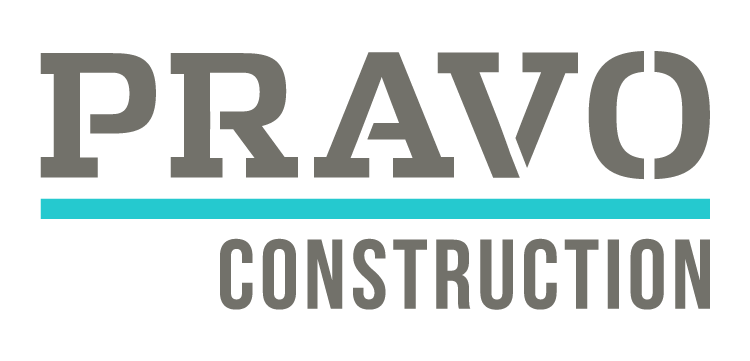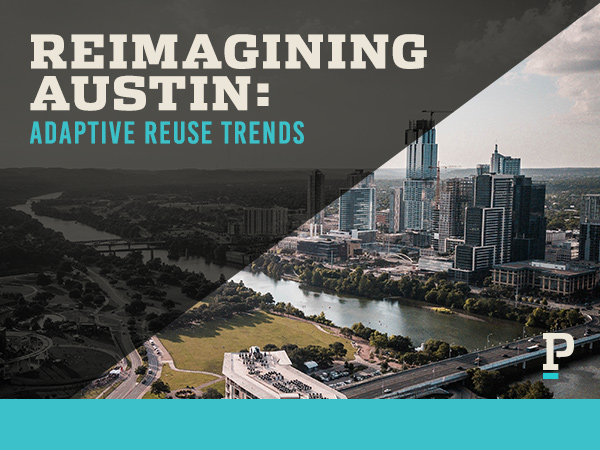Reimagining Austin: Adaptive Reuse Trends
By Aaron Fichera
Adaptive reuse construction is becoming increasingly popular in the city of Austin. This type of construction involves repurposing existing structures for new uses, such as converting old warehouses into trendy office spaces or transforming abandoned buildings into vibrant complexes. From a client perspective, adaptive reuse projects are attractive to developers and investors alike because they provide a cost-effective way to build while respecting a particular area’s history and culture. However, without the expertise, these projects can lose the cost advantages and miss capturing nostalgia. In this article, we’ll take a closer look at the adaptive reuse construction trend in Austin and how it is helping to preserve the city’s unique heritage while creating exciting new opportunities for growth.

Austin’s adaptive reuse projects have been growing steadily since 2012, when only 9 active projects were underway. In 2018, 839 projects were underway with an estimated total value of $4.17 billion, and this number is expected to increase as demand for industrial and warehouse properties grows through the next decade. As a result, the average asking rent per square foot for Class A and B office space has nearly doubled since 2008, reaching above the rate of $58/SF by Q1 2023. This tremendous growth and activity demonstrates the significant influence of adaptive reuse construction on Austin’s economy and highlights the growing need to reuse and adapt what we have available.
Adaptive reuse construction has been incredibly beneficial for the city of Austin and its residents – from an economic and cultural perspective. These projects ensure local trades and jobs stay within our community, increase property values and attract new businesses to the areas that may have been viewed as unmanageable in the past. These projects are essential in cities like Austin, which have seen rapid population growth over the last few decades. They help ensure that historic landmarks remain intact while allowing for modern development. A great example of this can be seen on the waterfront district off of Riverside, where older or forgotten buildings are being converted into night clubs, like Superstition, or exciting office spaces to support the growing tech and creative industry like Preacher. They also provide an opportunity to reimagine existing spaces into entirely new uses that can spark innovation, creativity, and progress within a community that was previously heading toward abandonment.

Ultimately, adaptive reuse construction reinvigorates Austin while protecting its culture and history. As more developers choose this model, it will open new doors for the area to experience growth without sacrificing its roots. This type of adaptation encourages cities like Austin to build on what they already have to better prepare for a promising future. However, before jumping in, assessing the building and existing conditions is always wise. By having your broker, developer, designers, engineers, and construction teams working together from the beginning, ensure that the project will attain the desired results of preservation, anticipation, and sustainable adaptation without breaking the bank!

